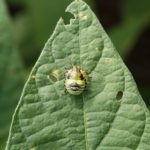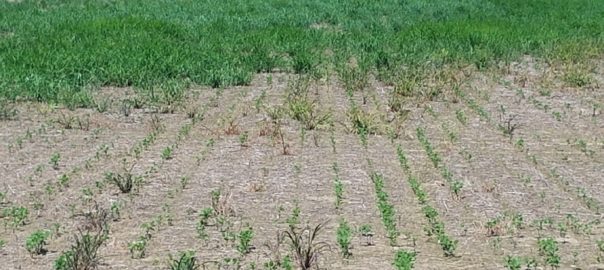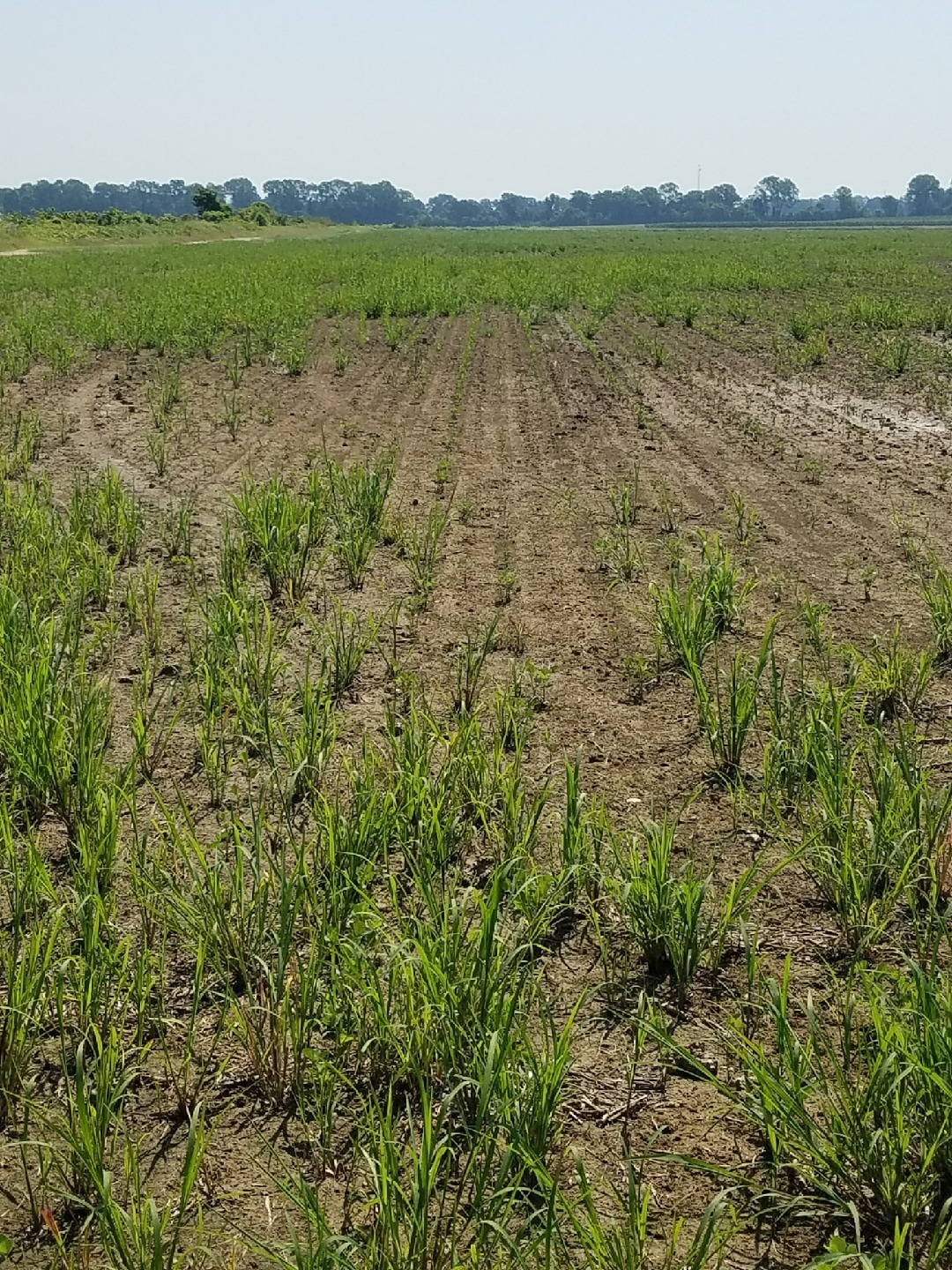A year ago this week I posted a blog that was titled “I can not keep dicamba in the field”. At that time I, along with many applicators, was very frustrated by all the dicamba injury across West Tennessee. So what is the status of the dicamba injury in what is Year 3 for us? Continue reading
Category Archives: Soybean
Temperature Inversions in West Tennessee
How often do temperature inversions occur in west Tennessee? Recent research funded by the United Soybean Board designed to study low level inversions has had some interesting results. Continue reading
The bollworm moth flight is beginning so I should …
Moth traps and field reports indicate the beginnings of the bollworm moth flight that could affect both cotton and soybean. Below are my suggestions on deciding if and when to make an insecticide application, and with which insecticides. Continue reading
New Palmer Amaranth Control Option in Soybean for 2019
It appears that in 2019 there will be soybeans available that will be tolerant to Liberty and Roundup. MS Technologies and Bayer announced very quietly last week the commercial launch of Liberty Link GT27 soybeans. Continue reading
Soybean Insect Update

Having done several scout schools this past week and spending some time on the phone, there doesn’t appear to be any major insect pest problems in soybean at this time. However, it is also clear that stink bug populations have rebounded from last year. Some early maturing fields are above the suggested treatment threshold of 9 stink bugs per 25 sweeps. Most are green stink bugs, and Continue reading
Updates – UT Soybean Scout School on July 6, 9 and 10
UT Extension will be hosting three Soybean Scout Schools during July. Final details will be announced later, but these field-side programs last approximately 2.5 hours and cover the basics of soybean growth, scouting, pest identification, and general management. Pesticide recertification and CCA CEU points will be available. Scout Schools are offered free of charge with sponsorship from the Tennessee Soybean Promotion Board. Registration is not required. Participants will receive a scouting notebook and a sweep net while supplies last.
- Friday, July 6 – 9:00 AM at the West Tennessee Research and Education Center, 605 Airways Blvd, Jackson, TN
- Monday, July 9 – 12:30 PM – Beginning with a lunch at Wales Station Farms shop located at 540 Little Dry Creek Road Pulaski, TN …… and the Scout School will be held field side at 1:30 PM at 18498 Hwy 64 W, Pulaski, TN
- Tuesday, July 10 – 9:00 AM at 8303 Clay Gregory Road, Orlinda, TN

Managing Glyphoste-Resistant Barnyardgrass that is Escaping Clethodim

As we announced in February we have confirmed glyphosate-resistant barnyardgrass in Tennessee. Continue reading
Plant’s microbiomes and farm profitability
Seems like producers in West Tennessee are interested in microbiomes and how bacterial seed coating could help plants to be more drought tolerant later in the growing season. Continue reading

